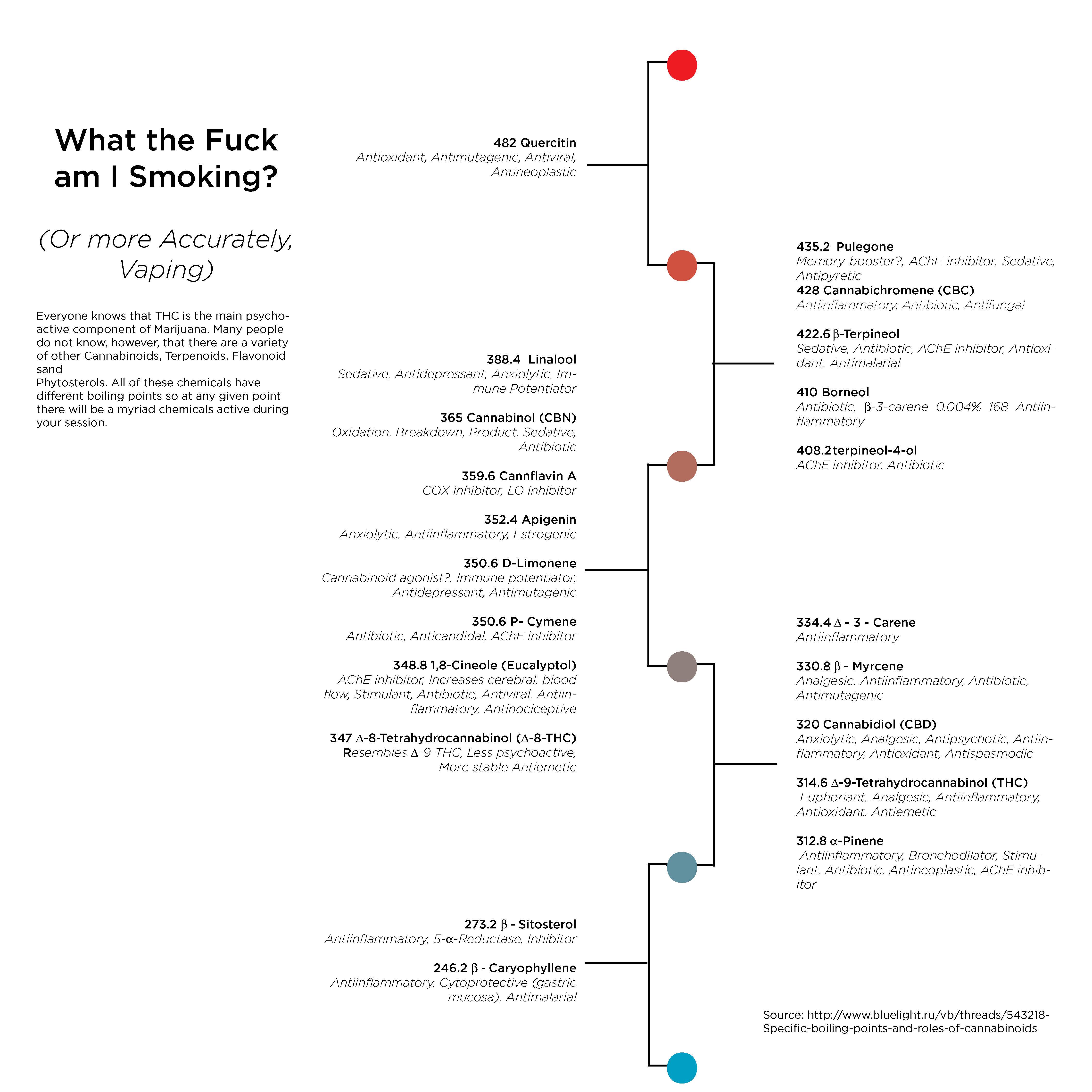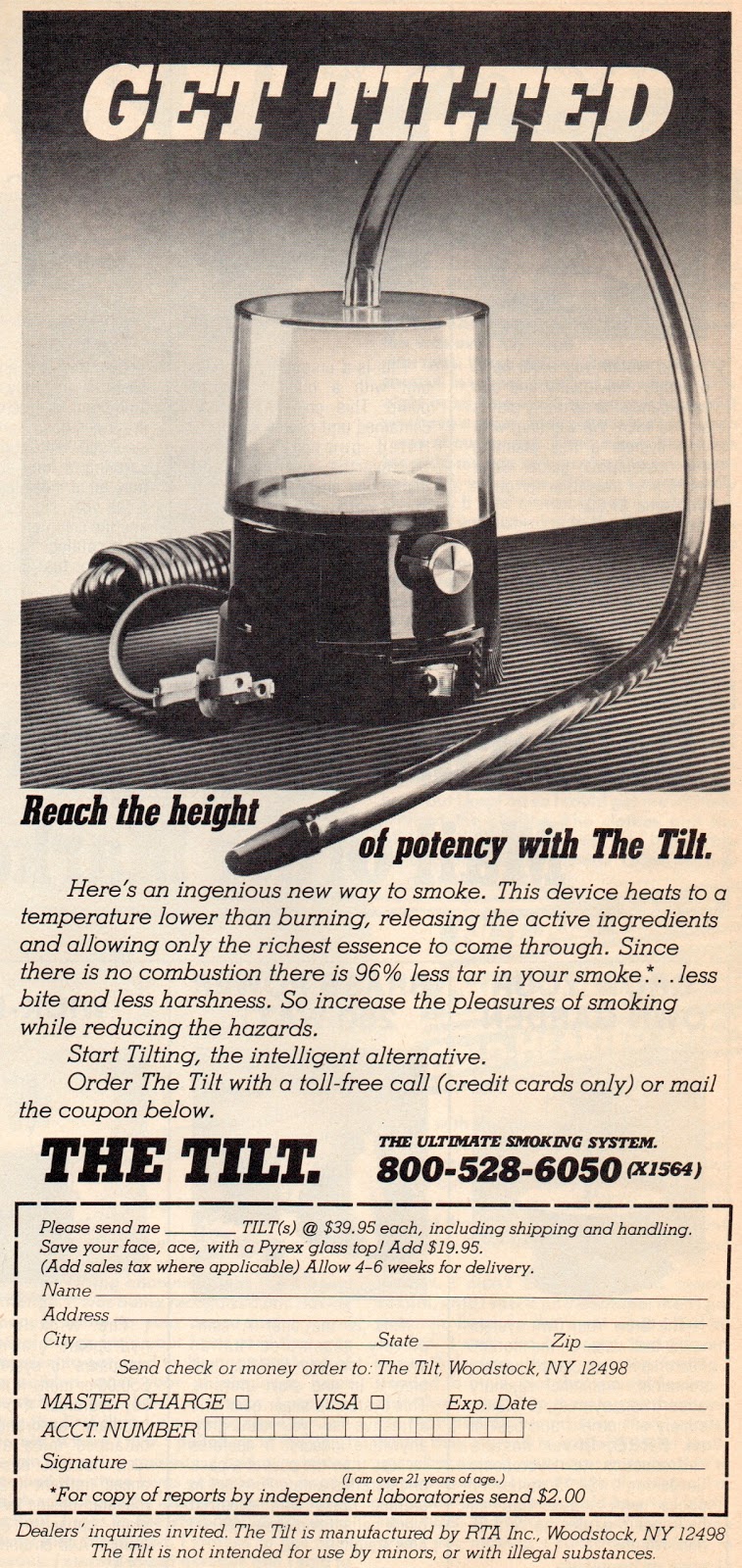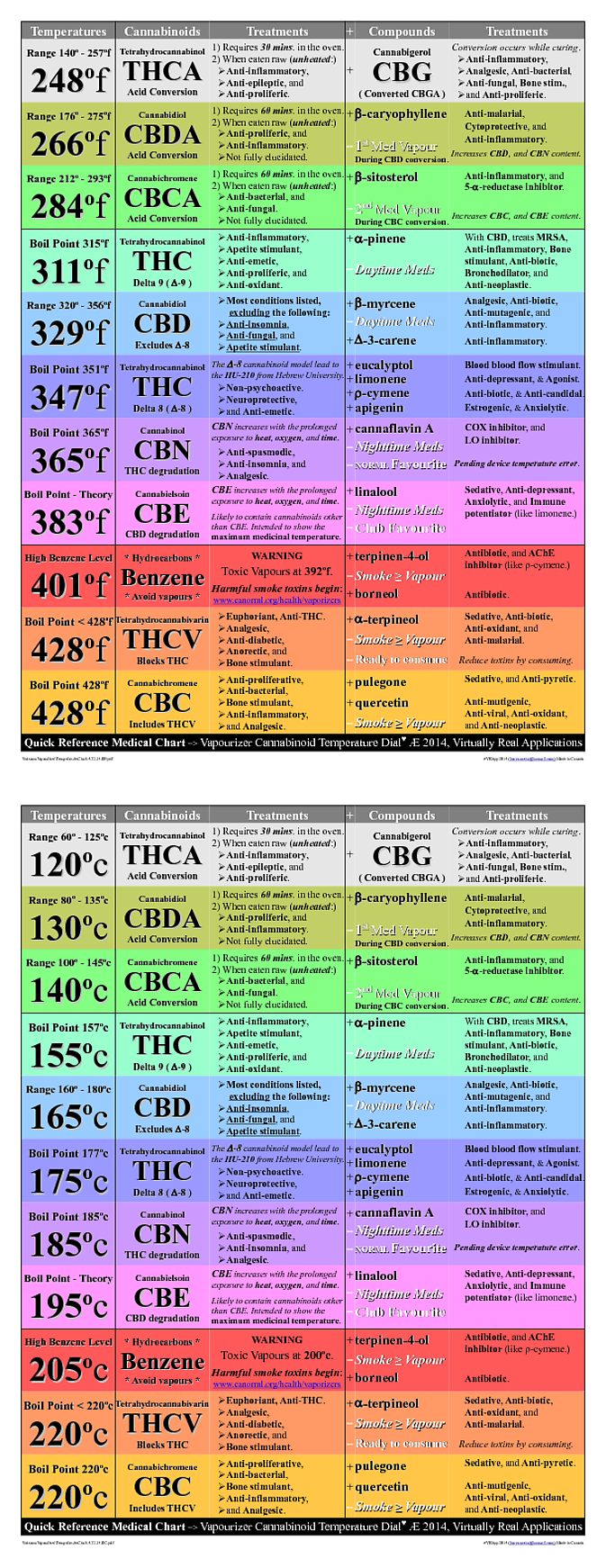@pakalolo yeah it was the m1 volatizer, I found a article on the study. Here it is:
http://www.canorml.org/healthfacts/Study-Shows-Vaporizers-Reduce-Toxins-in-Marijuana-Smoke
California NORML Press Release - Jan 8, 2001
Medical marijuana patients may protect themselves from harmful toxins in marijuana smoke by inhaling their medicine using an electric vaporizer, according to results of a study by California NORML and MAPS (Multidisciplinary Association for Psychedelic Studies).
The study showed that it is possible to vaporize medically active THC by heating marijuana to a temperature short of the point of combustion, thereby eliminating or substantially reducing harmful smoke toxins that are normally present in marijuana smoke. Vaporizers may therefore substantially reduce what is widely regarded as the leading health hazard of marijuana, namely respiratory harm due to smoking.
Details of the study are published in D. Gieringer, "Cannabis Vaporization: A Promising Strategy for Smoke Harm Reduction," Journal of Cannabis Therapeutics Vol. 1#3-4: 153-70 (2001). Reprints available for $5 from California NORML, 2261 Market St. #278A, San Francisco CA 94114.
NORML and MAPS sponsored the study in the hopes of helping medical marijuana patients and others reduce the health risks of smoking. The hazards of smoking were cited as a major obstacle to approval of natural cannabis by the Institute of Medicine in its 1999 report, "Marijuana and Medicine." However, the IOM report failed to note the possibility of vaporization.
The NORML-MAPS study tested a device called the M1 Volatizer, an aromatherapy vaporizer
developed by Alternative Delivery Systems, Inc. It consisted of an electric heating element in a chamber that radiates heat downwards over a sample of marijuana sitting in a standard pipe or "bong" bowl. Output from the vaporizer was analyzed and compared to smoke produced by combusting the sample with a flame.
The vaporizer produced THC at a temperature of 185° C. (365° F.) while completely eliminating three measured toxins - benzene, a known carcinogen, plus toluene and naphthalene. Carbon monoxide and smoke tars were both qualitatively reduced by the vaporizer, but additional testing is needed to quantify the extent of the decrease.
Although the study was not designed to detect the highly carcinogenic tars known as polycyclic aromatic hydrocarbons, which are thought to be a leading culprit in smoking-related cancers, there was good reason to believe that they were suppressed, since they normally form at much higher temperatures of combustion.
When vaporized, the marijuana emitted a thin gray vapor and was left with a green to greenish-brown "toasted" appearance, whereas the combusted sample produced thick smoke and turned to ash.
Significant amounts of benzene began to appear at temperatures of 200° C. (392° F), while combustion occurred around 230° (446°F) or above. Traces of THC were in evidence as low as 140° C. (284° F).
Further details of the study will be published in a forthcoming issue of the Journal of Cannabis Therapeutics.








